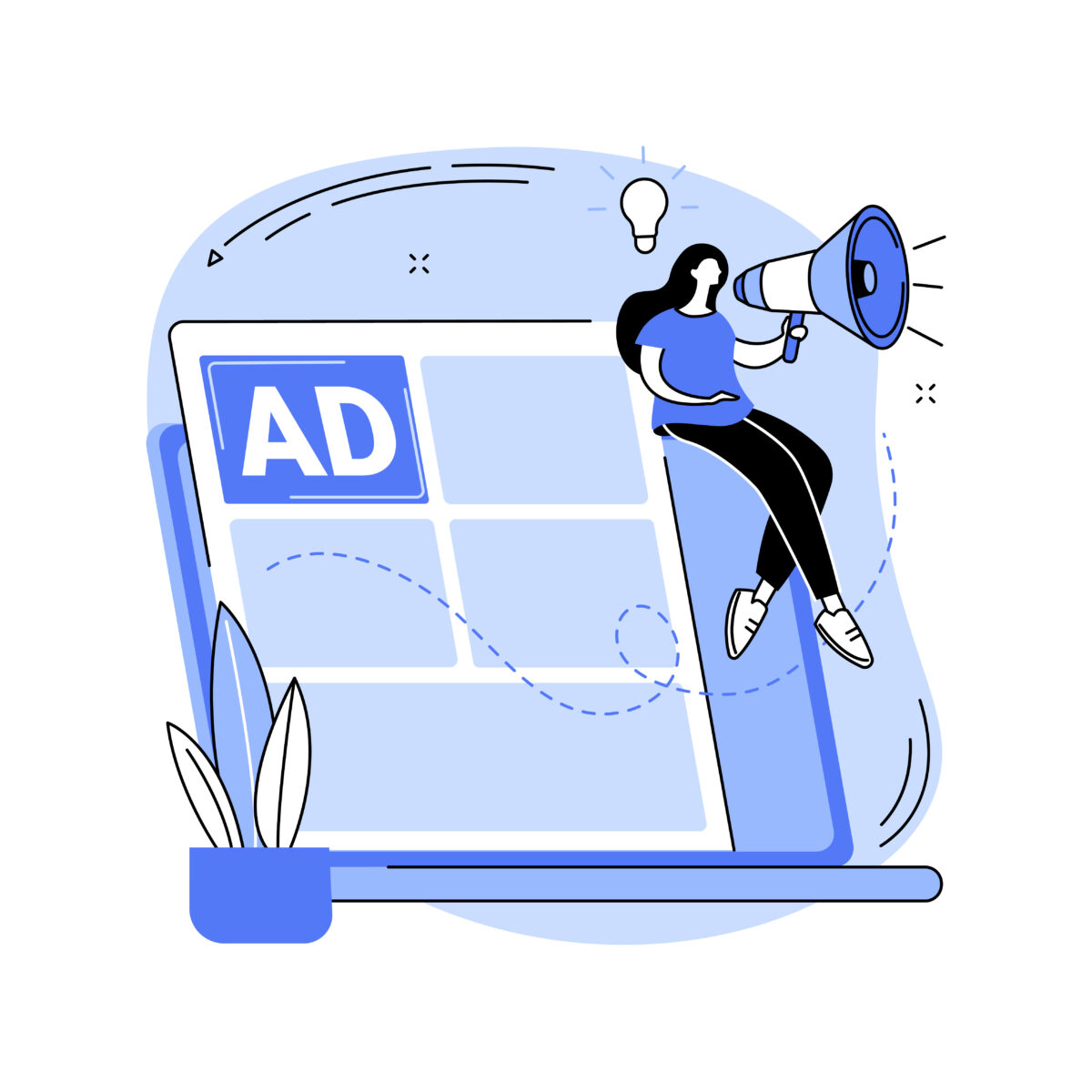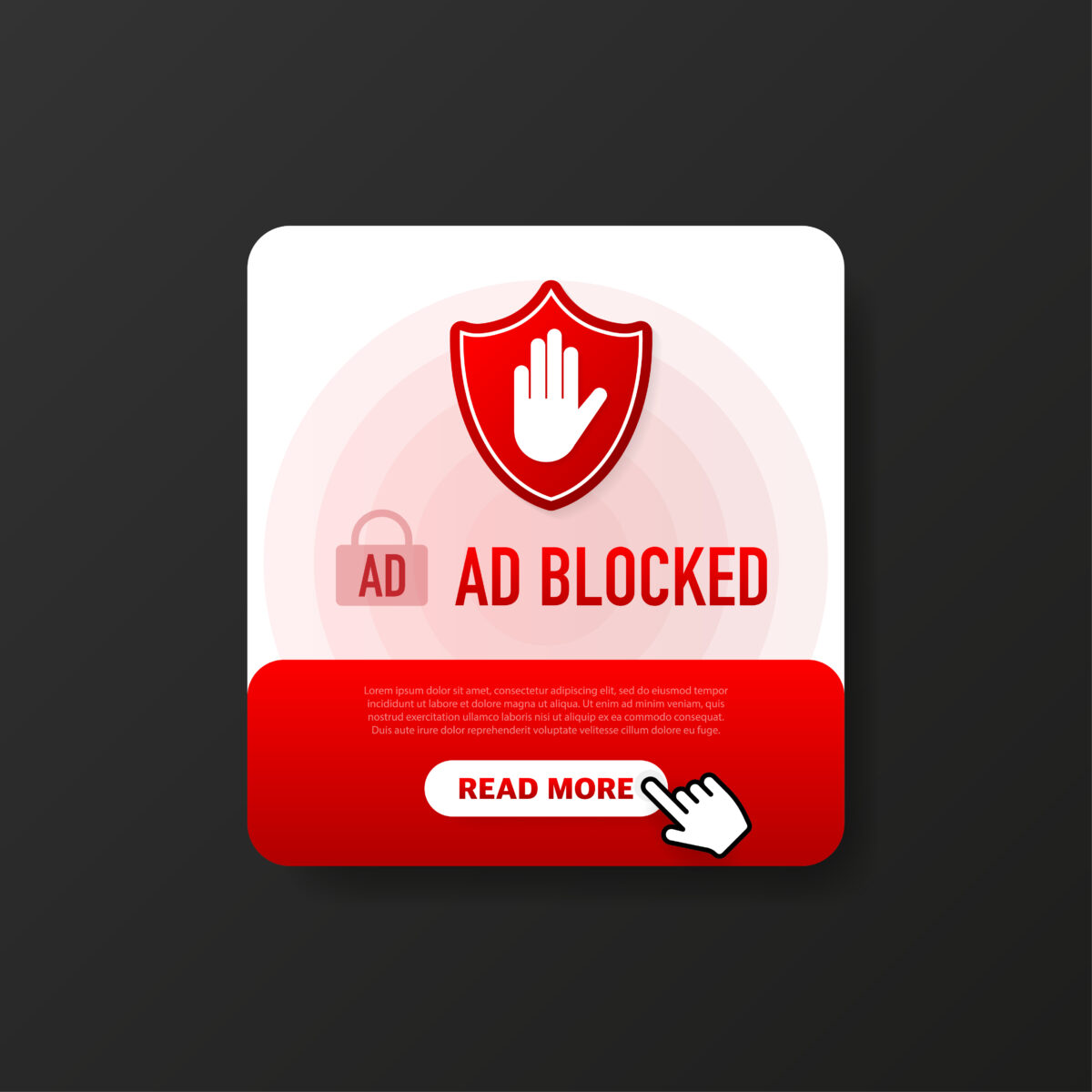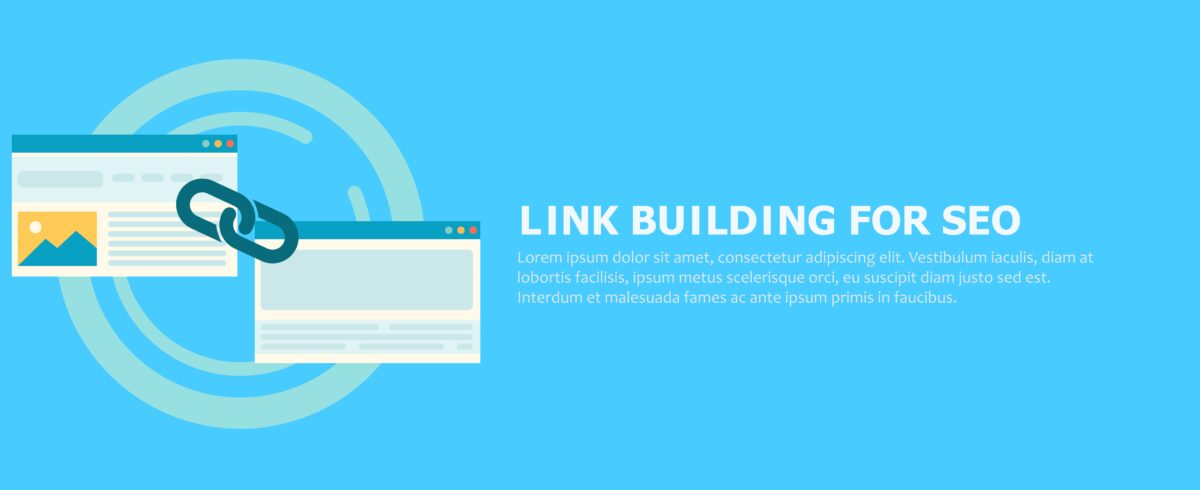The digital advertising industry is in the midst of a major transformation, thanks to the rise of artificial intelligence (AI). AI-powered tools and technologies are changing the way marketers create, deliver, and measure the effectiveness of their ads. In this blog post, we’ll explore how AI is revolutionizing the digital ad tech industry and what this means for advertisers and consumers.
The Power of AI in Ad Targeting
One of the key benefits of AI in ad tech is its ability to analyze large amounts of data in real time, allowing marketers to target their ads more effectively. AI-powered ad targeting tools can use data such as demographics, interests, and behaviors to deliver personalized ads to individual users. This not only improves ad relevance but also enhances the user experience by showing them ads that are more relevant to their interests.
AI in Ad Creative and Content Optimization
AI is also changing the way ads are created and optimized. By analyzing data on ad performance and user behavior, AI-powered tools can provide insights into what ad creative and content elements are most effective. Marketers can then use this data to optimize their ads for better performance, leading to more clicks, conversions, and overall ROI.
AI in Ad Fraud Detection and Prevention
Ad fraud is a major challenge in the digital ad tech industry, costing advertisers billions of dollars each year. AI-powered fraud detection and prevention tools can help prevent ad fraud by identifying and blocking fraudulent activity in real time. By using machine learning algorithms to analyze vast amounts of data, these tools can detect patterns and anomalies that human analysts may miss, making ad fraud prevention more effective than ever before.
AI in Ad Campaign Management and Measurement
AI is also transforming the way marketers manage and measure their ad campaigns. AI-powered tools can automate various aspects of ad campaign management, such as budget allocation, bid optimization, and ad placement. This frees up time for marketers to focus on other tasks and ensures that their campaigns are running efficiently and effectively. Additionally, AI-powered analytics tools can provide real-time insights into ad performance, allowing marketers to make data-driven decisions to optimize their campaigns.
Examples of AI in Digital Ad Tech
There are many examples of AI-powered tools and technologies in the digital ad tech industry. For example, Google’s Smart Bidding uses machine learning algorithms to optimize bids for ad placement in real-time, resulting in better ad performance and higher ROI for advertisers. Another example is Adobe’s Advertising Cloud, which uses AI-powered tools for ad targeting, optimization, and measurement.
Recent reports from McKinsey & Company suggest that AI has the potential to drive significant value for the digital advertising industry. According to their research, AI-powered ad targeting and optimization tools can increase ROI by up to 30%, while fraud detection and prevention tools can save advertisers up to $50 billion annually.
Conclusion
In conclusion, AI is transforming the digital ad tech industry in many ways, from ad targeting and creative optimization to fraud detection and campaign management. As AI technology continues to evolve, we can expect even more innovations in the digital advertising space, leading to more effective and efficient ad campaigns that deliver better results for both advertisers and consumers. With the help of AI, the digital ad tech industry is poised for a bright and exciting future.
Read more related articles from this blog.






